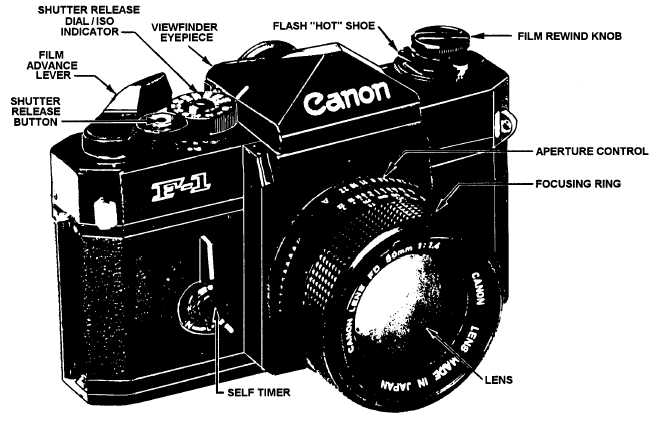AN R. B. Burrows
Figure 11-2.—The 35mm single-lens reflex (SLR) camera.
Washing to remove the soluble salts and
residual chemicals
Drying the film for handling
Once these steps have been completed, you have a
negative ready for printing.
PRINTING DEVICES
Printing the negative, or making a positive, is done
by contact or projection. The contact printer is usually a
box with an internal light source and a piece of glass that
allows light to pass through it and the negative to form a
latent image on photographic paper held in contact with
the negative.
The projection printer allows the image on the
negative to be projected and the size of the print varied.
This type of printer consists of a light source, a negative
holder and a lens and focusing device mounted on a
frame which can be raised and lowered, depending on
the size of the projected image desired. The
photographic paper is held in an easel.
PHOTOGRAPHIC PAPER
Photographic paper has essentially the same
emulsion as film. The chemical process is the same as
that for film but produces a positive image. Choice of
paper types is dependent upon the type of printing,
surface, size and finish desired.
THE 35MM SINGLE-LENS REFLEX
CAMERA
LEARNING OBJECTIVE: Identify the basic
parts of a 35mm single-lens reflex camera.
As a Navy journalist, the 35mm single-lens reflex
(SLR) camera (fig. 11-2) will serve as your tool to tell a
story with photographs. For this reason it is important
for you to become as familiar as possible with your
camera, know what the camera can do, then know what
you want it to do.
The SLR camera gets its name from the use of a
mirror to reflect an image formed by a single viewing
and taking lens onto a viewing screen for focusing. A
11-3


